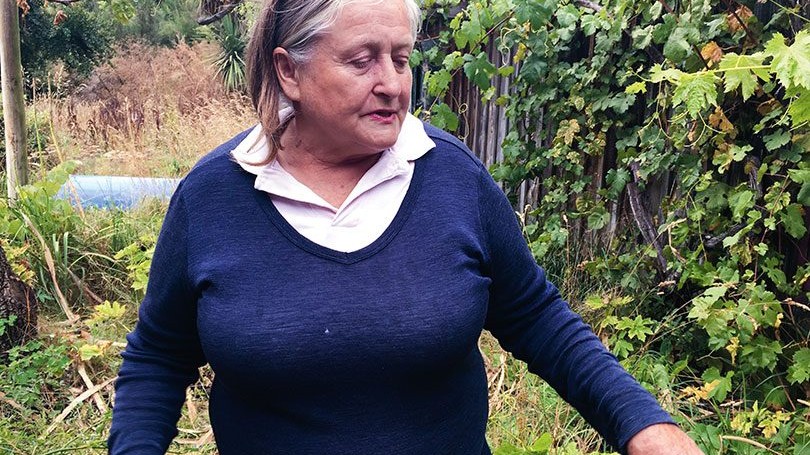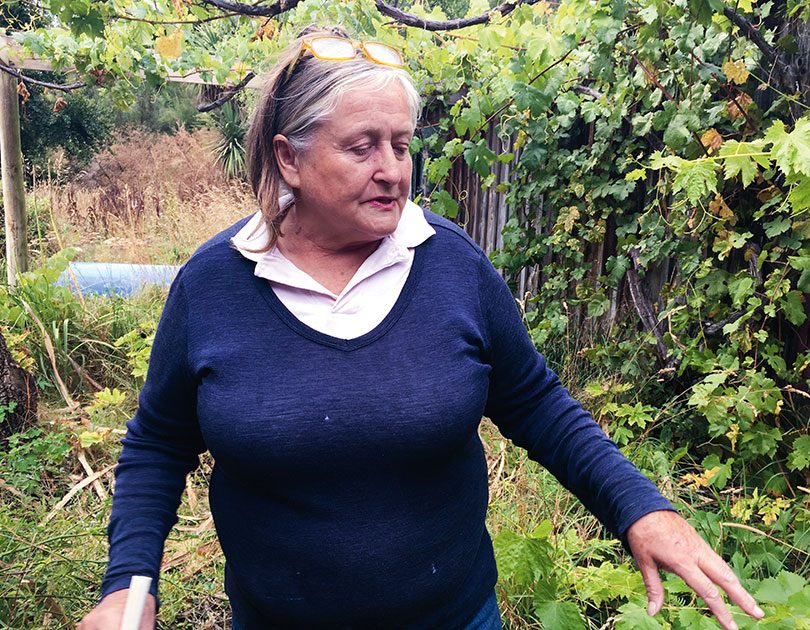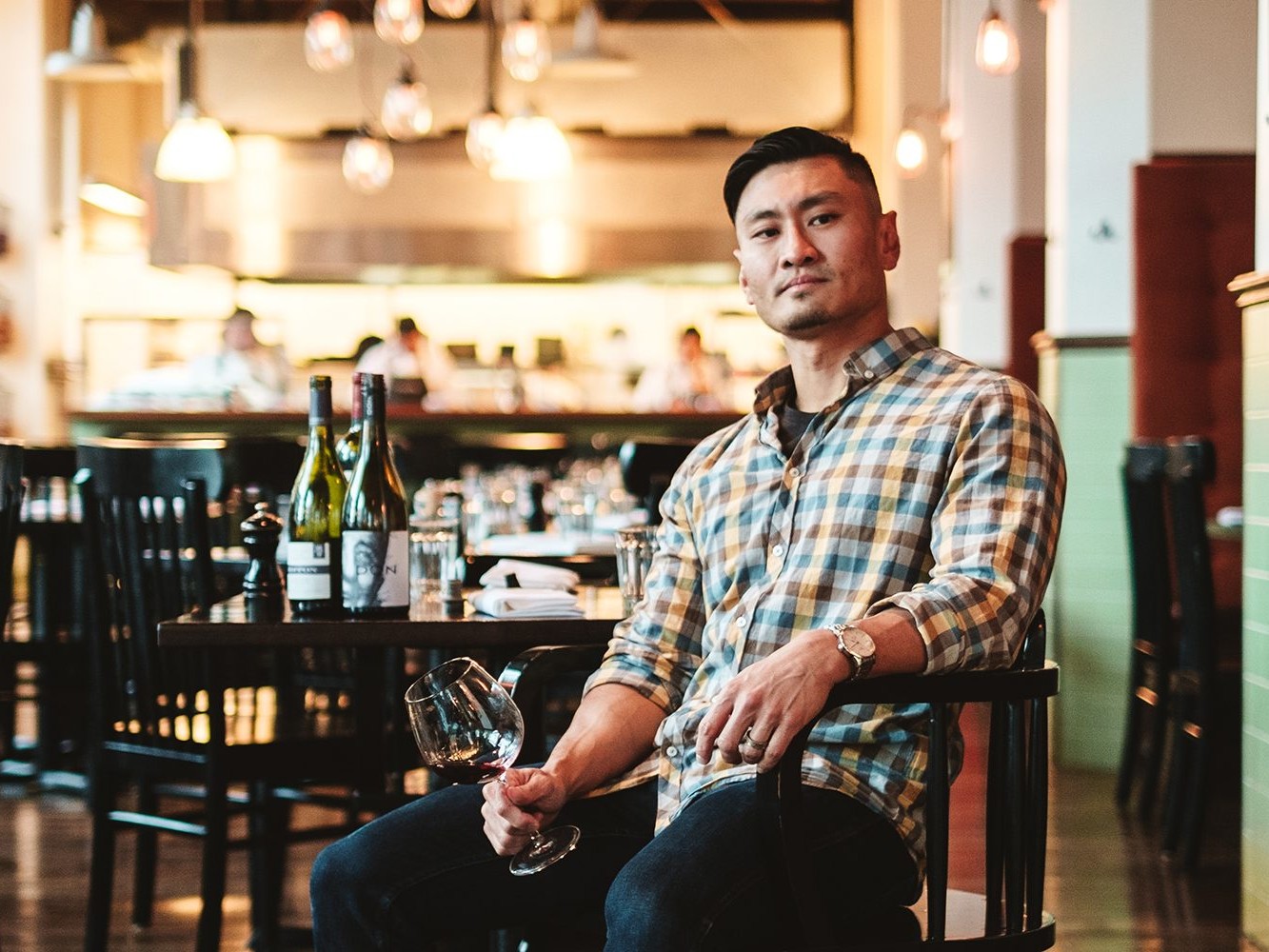At Pinnacle Wine Symposium 2022 in Singapore, award- winning, best-selling author Karen MacNeil (now on her third edition of The Wine Bible) delivered the keynote speech examining the history and evolution of wine markets in Asia. She included new and original research, much of which was fascinating, but there was one thing in particular which stood out to me. She described a method for gauging the development level or maturity of a wine market. Alongside things such as the availability of wine education and the sway of trends, Karen included another metric: the number of women in important or influential positions in the wine industry. On many levels, it is desirable to have a more equitable wine industry with better access and opportunities for women (and minorities), not least because it’s the right thing to do. But research which Karen kindly shared after the symposium also shows that it is better for the wine industry itself.
One of the studies is from 2010, co- authored by researchers from Carnegie Mellon, MIT and Union College. It looks at ‘Collective Intelligence’ where the performance of a group was shown to be linked not to the intelligence of individual members but their social sensitivity, balanced participation in conversation and the proportion of women in each group.
New Zealand has long prided itself on its record with women’s rights, but what is the situation here today? Do we have fair representation and accessible pathways to success for women, with open doors and open hearts? Do we deserve our reputation on the international stage? For a start, despite having the highest number of Masters of Wine per capita of any country in the world, only three of New Zealand’s 15 MWs are women: Jane Skilton, Emma Jenkins and Sophie Parker-Thomson. Compare that to 151 out of 415 globally, eight out of 28 in Australia, four out of four in Hong Kong.
There is plenty of research available on the USA – including Karen’s original work contained in her annual reports on The Status of Women in the Wine Industry – covering both representation and the gender pay gap. New Zealand Winegrowers has a programme called Women in Wine which aims to track similar data here in addition to providing a mentorship platform, but I am not qualified to comment on how successful the programme is. I can, however, point out that New Zealand wine’s success owes much to the visionary, hard-working women who got us here, from owner-winemakers such as Jane Hunter and Jules Taylor, to winemakers who helmed great pioneering estates such as Kate Radburnd (CJ Pask), Lynnette Hudson (Pegasus Bay), Jenny Dobson (Te Awa) and Eveline Fraser (Cloudy Bay). In the 2000s, Carol Bunn was responsible for driving the style of Central Otago pinot noir from backstage as winemaker and consultant for numerous wineries. Over the past few years, Central pinot has found a new female lead in Jen Parr who is doing the same.
Although women have had a strong presence in the history of New Zealand wine, recognition and reward lags behind reality. Central Otago is a case in point; many know of Alan Brady and Rolfe Mills as pioneers of Central pinot, but few have heard of their friend and compatriot Ann Pinckney, whose winery on Speargrass Flat was where the trio made the first wines of Central’s modern era, in 1985 – Ann with gewürztraminer and Rolfe with chasselas. In 1987, Alan and Rolfe would go on to release a pinot noir each from Gibbston Valley and Rippon respectively and it is these 1987s which are often referenced in articles on Central Otago’s wine history.
Hopefully that recognition gap is now changing as we celebrate our great winemakers. Or is it? Do we know that many of our most recognisable wines are made by women? This includes talented winemakers such as Richelle Tyney (Greywacke), Helen Morrison (Villa Maria Marlborough), Chloe Somerset (Cable Bay), Tamra Kelly-Washington (Seresin), Sarah-Kate Dineen (Maude) and Nadine Cross (Peregrine). And let’s immediately put to rest any stereotypical notion of a ‘woman’s touch’ making delicate wines. For every ethereal beauty such as Claire Mulholland’s Burn Cottage Pinot Noir, there are also muscular, brooding wines such as Anna Flowerday’s TWR Clayvin, or Helen Masters’ Ata Rangi McCrone.
Let’s also look outside the winery. Taking over from the late Raymond Chan, Candice Chow is one of the country’s most prolific wine reviewers; over at New Zealand Winegrowers, Charlotte Read directs the international image of New Zealand wine as General Manager of Marketing; and Dr. Jo Burzynska is a world leader in the field of music and wine.
So can we argue that New Zealand is doing alright on Karen MacNeil’s metric, given the women of influence in the wine industry? Would I even conceive of writing this same piece if I were highlighting the men of New Zealand wine?
Surely, now that we have started, each successive generation can build upon the successes of the last? Jannine Rickards of Huntress credits the mentorship of Helen Masters for keeping her on the path, and that might apply to a new generation of winemakers entering the fine wine space, but over in another part of wine, no one has laid down that ladder. Winemakers such as Amy Farnsworth, Amy Hopkinson-Styles, Ashleigh Barrowman, Rosie Menzies, Lucie Lawrence and Lauren Sharpe are choosing to make new wave and natural wines, which often means learning by themselves through experimentation, while simultaneously taking on the notoriously male- centric world of natural wine. Without an established older generation, they are carving that path anew.
So, what does our report card look like? The optimist in me wants to believe that we’re making strides, but it’s not my opinion that matters here; it’s not my truth, it’s not my experience. If you want to know, I suggest talking to your female friends who work in wine about their experience and their lived experiences. And if you can’t find someone to ask, I guess you have your answer. ■
To receive a copy of Karen MacNeil’s reports on the status of women in the US wine industry, contact her at karen@karenmacneil.com






